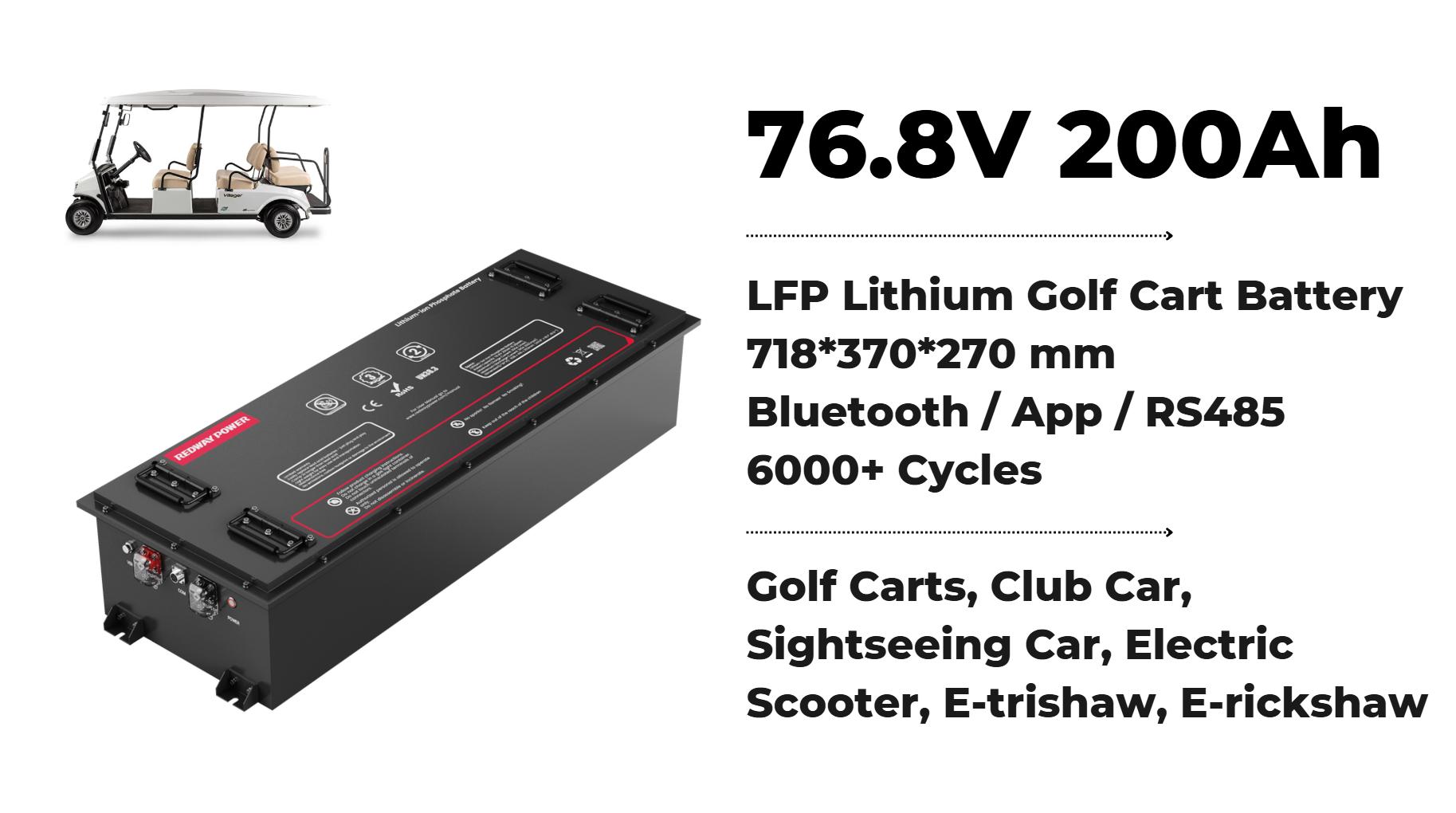
What is a Deep Cycle Battery and How Does It Work?
A deep cycle battery is designed to provide sustained power over extended periods, allowing for significant discharges of up to 80% or more of its capacity. Unlike standard batteries, which deliver short bursts of energy, deep cycle batteries are built to handle repeated charging and discharging cycles, making them ideal for applications like solar energy storage, marine use, and electric vehicles.
How Do Deep Cycle Batteries Differ from Regular Batteries?
Deep cycle batteries differ fundamentally from regular automotive batteries in their design and purpose:
- Power Delivery: Regular batteries provide quick bursts of high current (ideal for starting engines), while deep cycle batteries deliver lower currents over longer periods.
- Construction: Deep cycle batteries have thicker plates and denser active materials, allowing them to withstand repeated discharges without damage.
- Cycle Life: A deep cycle battery can endure many more charge-discharge cycles compared to a standard car battery.
| Feature | Regular Battery | Deep Cycle Battery |
|---|---|---|
| Purpose | Start engines | Provide sustained power |
| Current Output | High bursts | Steady, lower output |
| Lifespan | Fewer cycles (200-300) | More cycles (up to 2000+) |
What Are the Different Types of Deep Cycle Batteries Available?
Deep cycle batteries come in several types, each suited for specific applications:
- Flooded Lead-Acid Batteries: Require regular maintenance and are typically less expensive but have shorter lifespans.
- Absorbent Glass Mat (AGM) Batteries: Sealed and maintenance-free; they handle vibrations well and are ideal for marine applications.
- Gel Batteries: Use a gel electrolyte that prevents spillage; they perform well in extreme temperatures but may be more expensive.
- Lithium-Ion Batteries: Offer higher efficiency, longer lifespan, and faster charging times compared to lead-acid options.
| Type | Maintenance Level | Lifespan | Cost |
|---|---|---|---|
| Flooded Lead-Acid | High | 3-5 years | Low |
| AGM | Low | 5-10 years | Medium |
| Gel | Low | 4-8 years | Medium to High |
| Lithium-Ion | Very Low | 10+ years | High |
How Is Depth of Discharge (DoD) Measured and Why Is It Important?
Depth of Discharge (DoD) refers to how much energy has been used from a battery relative to its total capacity. It is expressed as a percentage; for example, 50% DoD means half the battery’s capacity has been discharged.Understanding DoD is crucial because it directly impacts the longevity and performance of the battery:
- Cycle Life: The deeper the discharge, the fewer cycles the battery will last. For lead-acid batteries, it’s recommended not to exceed 50% DoD for optimal lifespan.
- Performance: Operating at higher DoD levels can lead to sulfation in lead-acid batteries, reducing their capacity over time.
How Long Can You Expect a Deep Cycle Battery to Last?
The lifespan of a deep cycle battery varies based on its type and usage:
- Lead-Acid Batteries: Typically last between 200 to 500 cycles at 100% DoD; however, they can last longer if regularly discharged less than their full capacity.
- Lithium-Ion Batteries: Can achieve over 2000 cycles at similar discharge levels due to their superior chemistry.
To estimate how long your battery will last before needing a recharge, you can use the formula:
For example, a 100Ah battery powering a 10A load will run for approximately 10 hours under ideal conditions.
Why Should You Consider Lithium Batteries Over Lead-Acid for Deep Cycling?
Lithium batteries have several advantages over traditional lead-acid options:
- Higher Efficiency: They can be discharged deeper without damaging the cells.
- Longer Lifespan: Typically last up to ten times longer than lead-acid batteries.
- Weight Savings: Lithium batteries are significantly lighter, making them easier to handle and install.
While they come at a higher initial cost, their longevity and efficiency often justify the investment.
What Maintenance Practices Can Enhance the Lifespan of Deep Cycle Batteries?
To maximize the lifespan of your deep cycle battery, consider these maintenance practices:
- Regular Charging: Avoid letting your battery discharge below recommended levels; ideally keep it above 50% DoD.
- Clean Terminals: Ensure that terminals are free from corrosion for optimal conductivity.
- Check Electrolyte Levels: For flooded lead-acid types, regularly check and top off electrolyte levels with distilled water as needed.
- Store Properly: If not in use for extended periods, store your battery in a cool, dry place and keep it charged.
Industrial News
Recent innovations in deep cycle battery technology focus on improving energy density and reducing costs across various applications including renewable energy systems and electric vehicles. Manufacturers are increasingly adopting lithium-ion technology due to its superior performance metrics compared to traditional lead-acid counterparts. Additionally, advances in recycling processes aim to enhance sustainability within the industry by recovering materials more efficiently.
LiFePO4 Battery Expert Views
“LiFePO4 technology represents a significant leap forward in deep cycle applications,” says Dr. Mark Thompson, an expert in energy storage solutions. “Its safety profile combined with longevity makes it an ideal choice for both consumer electronics and larger scale applications like electric vehicles.” This perspective highlights the growing trend toward adopting advanced technologies that promise better performance while reducing environmental impact.
